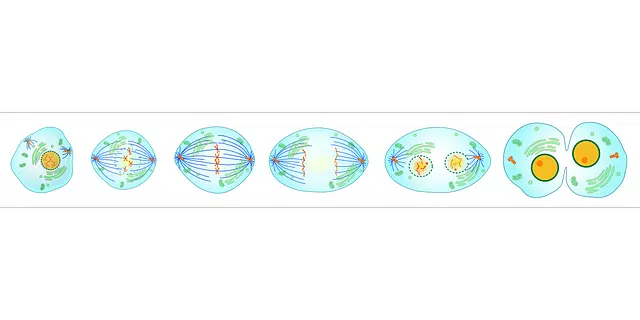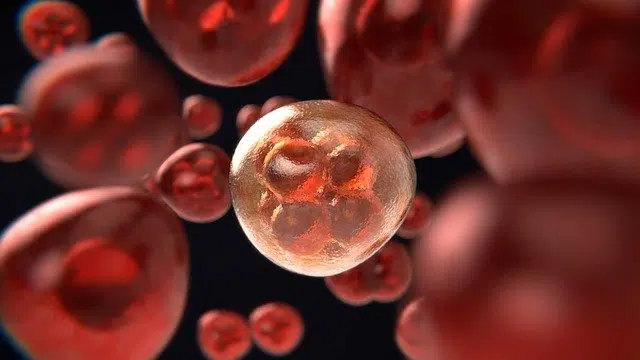
Anaphase is a stage of cellular reproduction.
Anaphase is one of the stages of mitosis and meiosis , two methods of cell reproduction. In anaphase, homologous pairs of chromosomes separate .
In this instance, therefore, the chromatids (the chromosome units that have already been duplicated) move towards the opposite sector of the cell through the achromatic spindle , composed of various microtubules arising from the centrioles within the framework of the process .
Mitosis takes place in the nucleus of eukaryotic cells to distribute genetic information equally. Anaphase is the stage that follows interphase , prophase , prometaphase , and metaphase , in that order. It begins from the regulation of proteins while the transition between metaphase and telophase (the instance that continues to anaphase) develops.
Anaphase in mitosis
When anaphase begins in mitosis, the sister chromatids separate completely and move toward opposite poles of the cell being divided. In this context, the kinetochore appears, a protein complex that can be considered the fundamental point that contacts the chromosomes with the microtubules; the kinecotore undergoes an assembly process at each centromere.
The microtubules that are responsible for contacting the kinecotore are known as K fibers ; They are made up of certain proteins, such as tubulin, and their function in this case is to progressively shorten to transport the chromatids to the corresponding cell pole.

Anaphase is a stage that appears in both mitosis and meiosis.
Protein regulation
Another phenomenon that can be seen at the beginning of anaphase in mitosis is the regulation of the proteins of the transition that takes place from metaphase. When this moment arrives, the promoter complex is activated and the cyclin that kept metaphase functioning is deactivated. Likewise, the deactivation of the protein called securin occurs, which inhibits the protease called separase; The latter can then separate the protein cohesin , which is responsible for maintaining the union between the two chromatids, and it is here that anaphase itself is considered to begin.
In the anaphase of mitosis, a distinction can be made between early anaphase (where the separation of the chromatids is recorded by the action of the kinetochores and the shortening of the achromatic spindle) and late anaphase (the fibers, after the complete separation of the chromatids, They shorten even more so that these chromatids reach the poles of the cells ).
Meiosis and anaphase
Throughout meiosis , we can find anaphase I and anaphase II , although there are also successive divisions : the first is made up of prophase I, metaphase I, anaphase I and telophase I, while the second has prophase II, metaphase II, anaphase II and telophase II take place.
During anaphase I, the separation of the centromeres begins due to the attraction that the poles exert on them, and each one drags the two chromatids that are attached to it in its path. For bivalent or homologous chromosomes in which there are no chiasmata (the crossing of organic structures , in this case non-sister chromatids), the separation simply occurs; On the other hand, when there are chiasmata, the chromosomes slide forward to the chromosomal ends.
It is important to note that we can see a similarity between the anaphase of meiosis and what takes place in mitosis, specifically when the daughter centromeres separate and carry the chromatids towards the poles (also known as chromatidia , they are the two filaments that make up the chromosome ).
